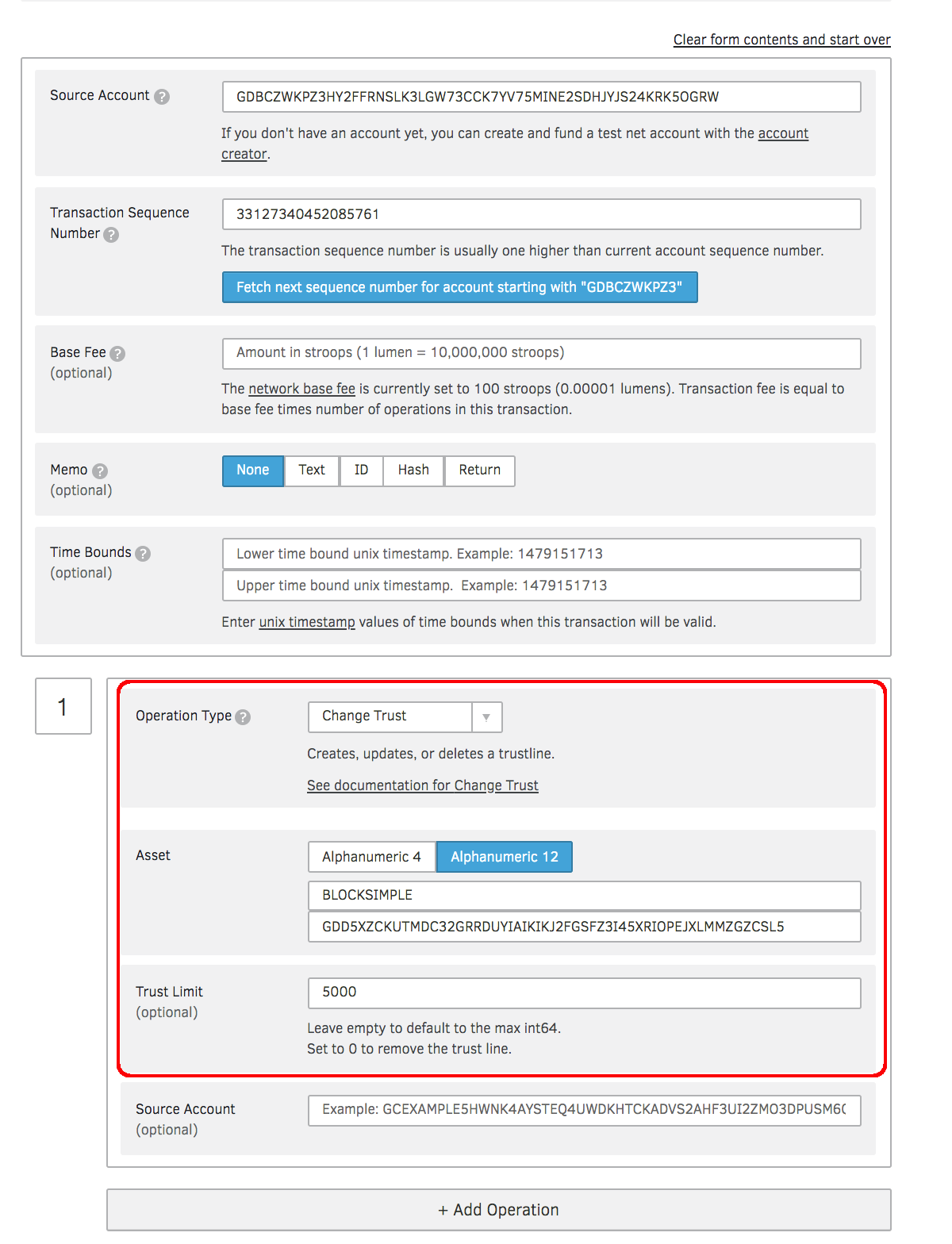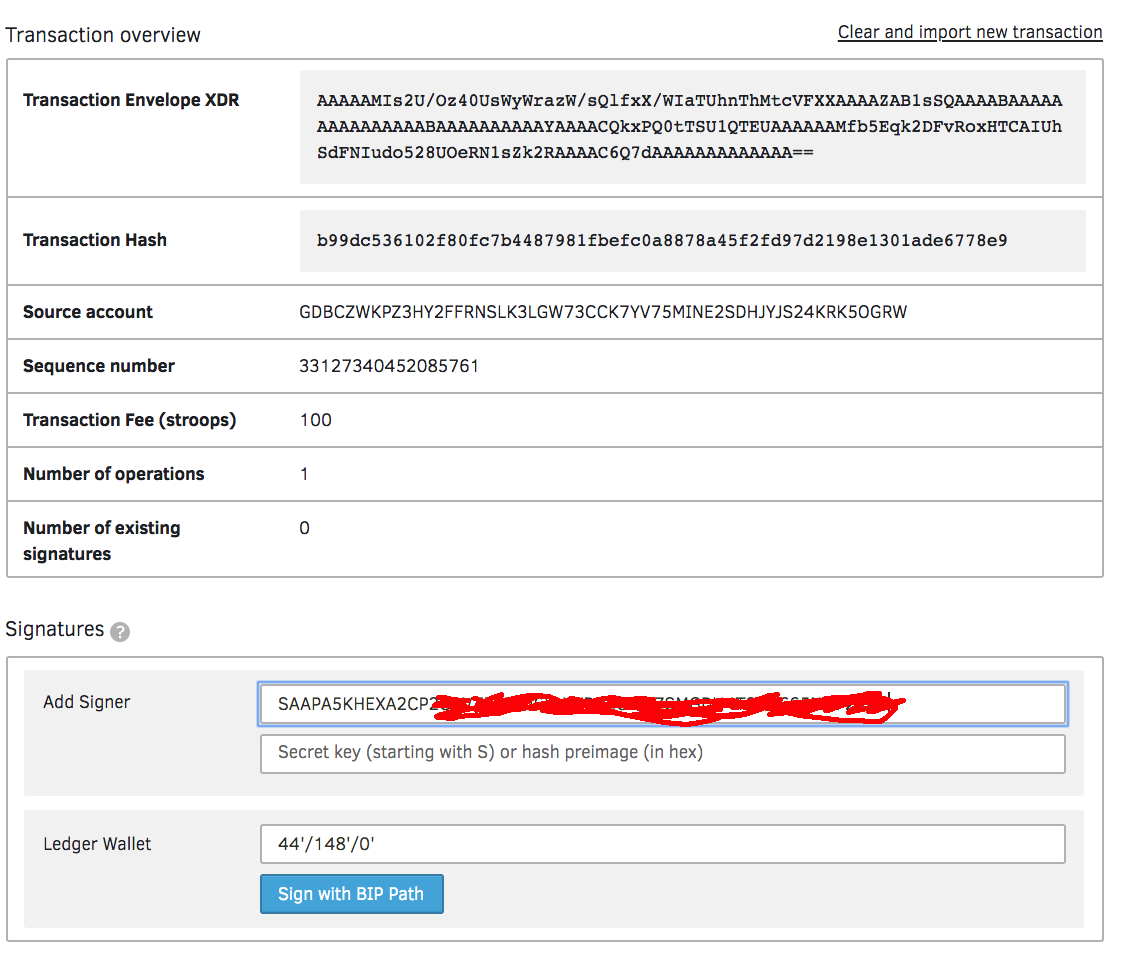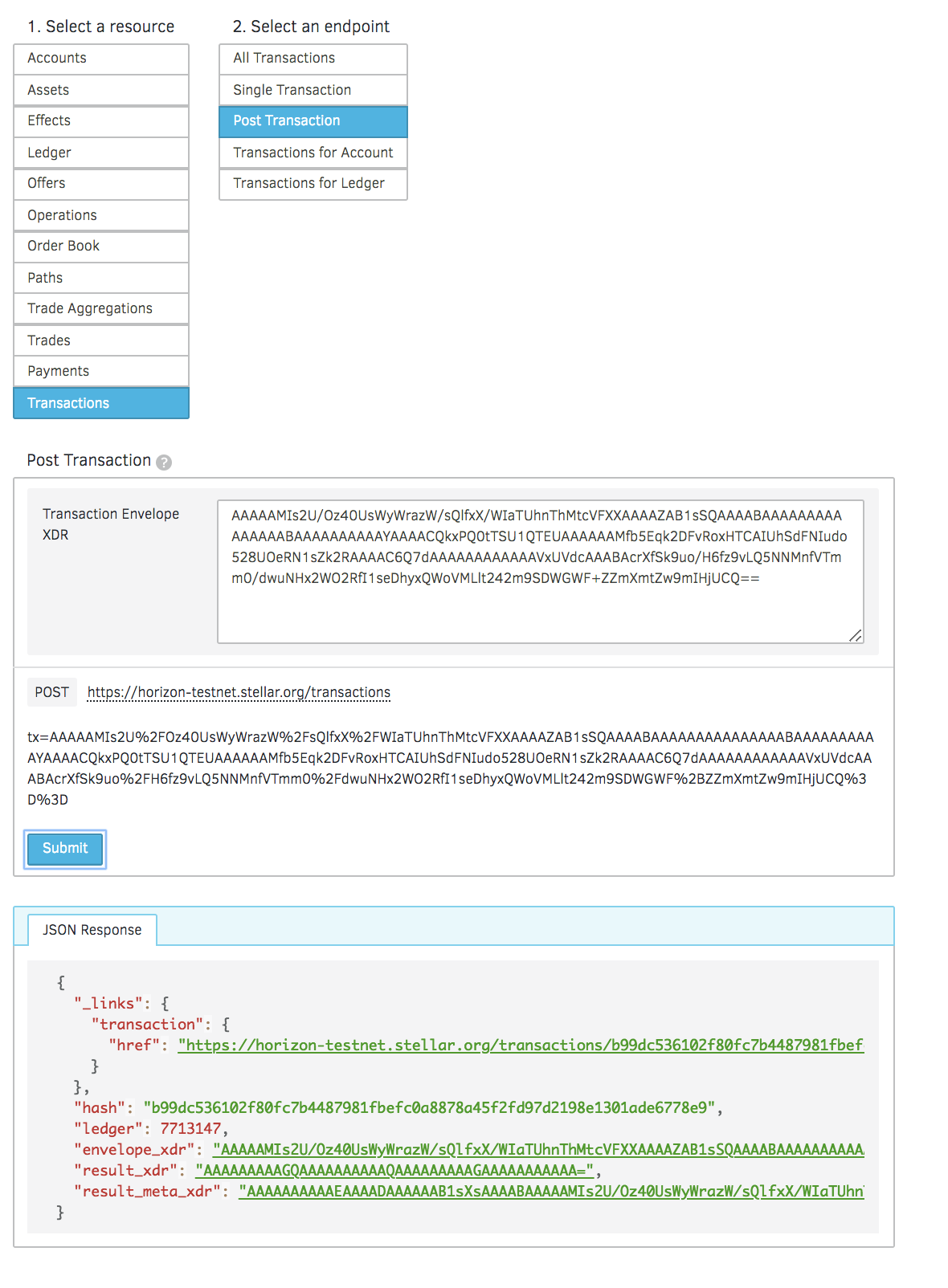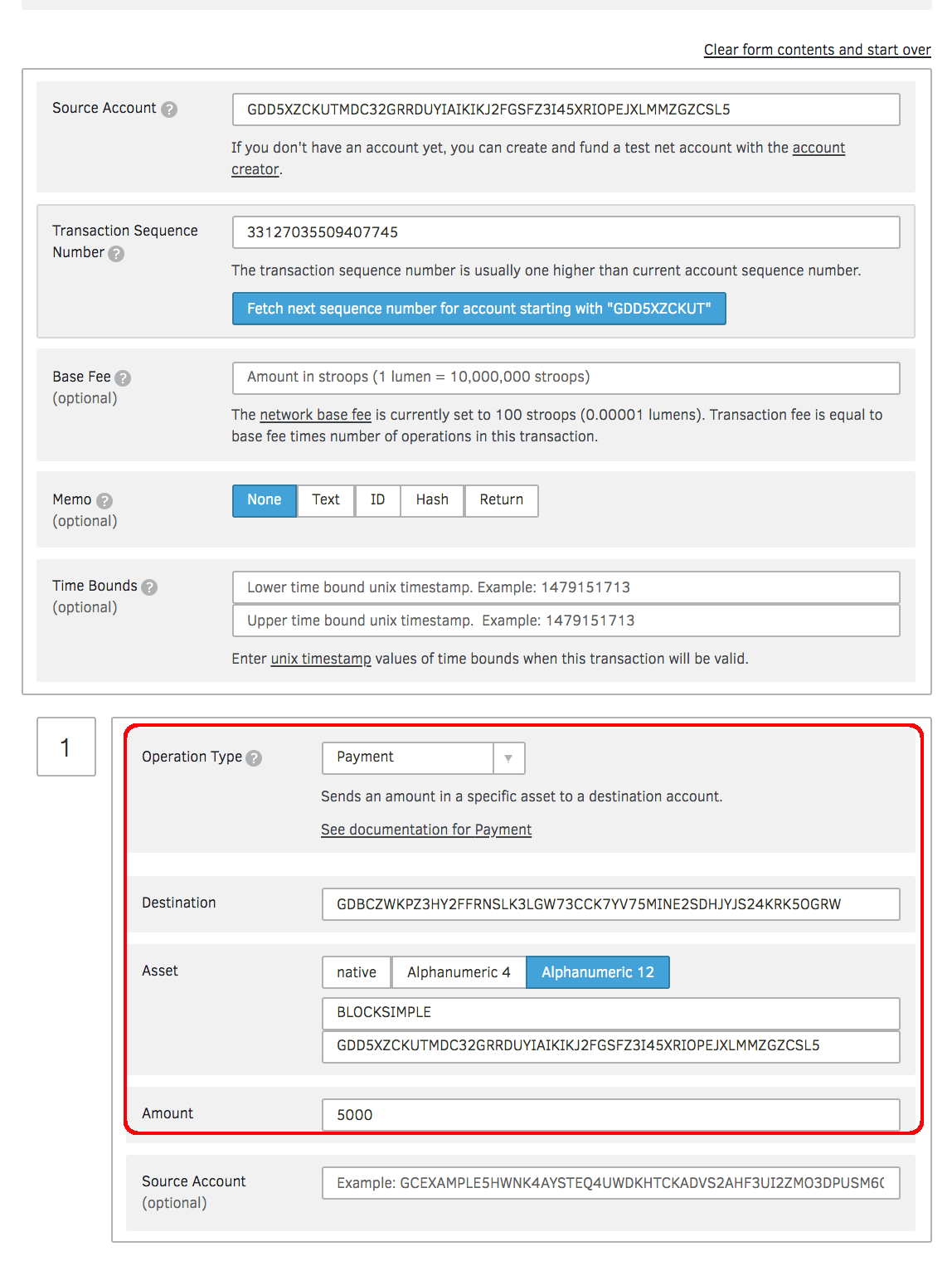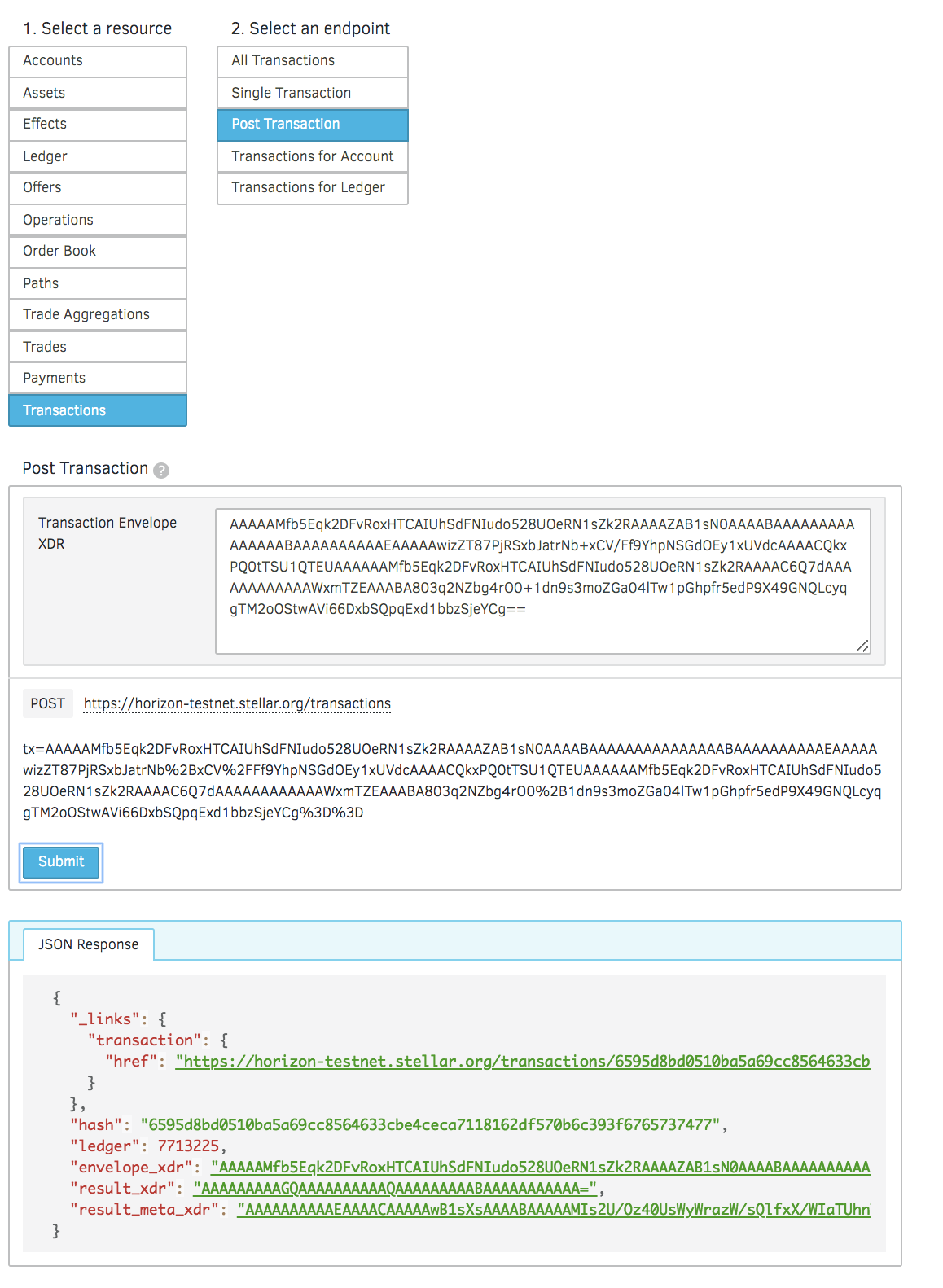Key Points
References
Key Concepts
IBM - Economic Impact of Blockchain - 2020
https://drive.google.com/file/d/1Umsfk4X7afh-RKUV4OODqNOkKBgfJHyC/view?usp=sharing
Andy Martin - Token Economy
https://www.linkedin.com/pulse/token-economy-andy-martin/
Possibilities
- New business models with smart devices bargain connected in micro-transactions
- Payment methods allow real-time clearance and settlement in some cases
- Ownership and value are exchanged simultaneously
- New secondary markets make ill-liquid assets liquid by fractionalisation
- Slow, expensive and manual paper processes needed for trade are put into smart contracts. Anything of value can be tokenised to be traded including physical assets
- Tokens can reward good marketplace behaviors
The theory - no middleman
trade value, peer to peer, without the need for anyone in the middle to make sure ownership is transferred with no double spend
The reality
There IS a financial blockchain payments platform in the middle. Just like POP money has Zelle or Venmo in the middle. Easier? True. No middle man? False.
The theory - blockchain payment systems are trusted
The trusts in theory
- identity - who the parties are
- provenance - of the products or services and payment exchanged
- exchange guarantees - smart contracts can guarantee execution as atomic.
The trusts in reality
- identity - who the parties are - low risk of digital identity fraud
- provenance - of the products or services and payment exchanged still need verification but much of the data is cryptographically verifiable
- exchange guarantees - smart contracts can guarantee execution as atomic but the digital transaction needs physical confirmation in many cases on the value and quality exchanged
Digital Economies integrated by Blockchain
From Andy Martin, IBM
https://www.linkedin.com/pulse/my-first-week-vblogs-blockchain-andy-martin/
One view of Blockchain Network Operations Funding
How is the data layer funded?
- a consortium operating in the innovation layer or other business models may fund it based on revenues or another factor
- a platform provider may fund it especially if they have strong profits in the innovation layer
- it may not have a well defined business model
Evolution of a Token Marketplace
- Decentralized network creates shared data
Provenance of assets is created as supply chains are digitized. B2B shared processes are captured in private enterprise blockchains as source of the truth is created and ecosystem reconciliation is eliminated. This creates a new asset of trusted data at the level of a market. - New services evolve from trusted data
New quality of data may be traded in open marketplaces to new types of innovators bringing new services to market to make the most of this new trusted data at the level of the market. - Liquidity improves
Markets achieve a new level of liquidity as primary issuance onto the market is tokenised along with the digitally native payment rails.
Blockchain Trends toward Hybrid
Utility Tokens
This is a new form of decentralised equity to reward platform owners and decentralised delegates. In creating our decentralised hybrid token marketplaces the incentive in the form of a platform utility token is key. This token is used to pay public permissioned delegates to validate transactions and to create blocks. It is bought as a stake by these decentralised service providers in order to gain the right to validate or order. Finally is used as a transaction fee which also serves as a protection against spam/DDoS attacks
Utility Token usage
Utility token life cycle includes: mint, purchase, sell, spend, burn, redeem, convert
Conversions to fiat best with stable coins
Token Types
https://invao.org/token-classes-explained-coin-vs-utility-token-vs-security-token/
But it’s actually quite simple: Coins are a currency, utility tokens offer a right to use a product or service, and security tokens represent an investment product.
- Security token is an investment with a defined stake in assets ( eg company eps, fixed assets etc )
- Coin token is a digital currency ( an alternative to fiat currency )
- coins bought and sold through exchanges for a fee
- coins can have fluctuating value ( value store ) like Ethereum, Stellar etc
- coins can have stable values ( value transfer ) like USD coin etc
- Utility tokens have specific value in a defined context ( eg buy a product or use a service in online marketplace etc )
- To use a utility token outside the platform, it is normally redeemed for digital currency or fiat currency unless there is an ecosystem that accepts it
- Investors can buy these tokens and use them as a means of payment on the platform developed by the issuing company.
- Single Use tokens
- issued by party A to party B for party B to execute a transaction on A's blockchain using a smart contract one time only
What are utility tokens
https://blog.sfox.com/what-are-utility-tokens-and-how-will-they-be-regulated-89cfb6bb2a45
Using Utility Tokens
A Uber token, for example, could be used to pay for a ride with a Uber car. But not for anything else. If you wanted to use the Uber token to buy another product or service, you would first have to exchange it against either fiat money or a crypto-coin such as bitcoin.
Tokens and Account management in Stellar network
Use Stellar net to create new token
https://how-to-use-stellar-laboratory.readthedocs.io/en/latest/token.html
Here are the steps involved:
- Step 1: Create 2 accounts (One for Issuance, another for Distribution).
- Step 2: Execute a change of trust transaction from Distribution to Issuance.
- Step 3: Create the token.
Step 1: Create 2 accounts
You will need TWO (2) accounts. One to act as the issuer and one to act as the distributor account.
Create two and save them to your local computer. Make sure you clearly label somehow one as issuer and one as distributor. For me, I saved the data as “issuer-test-account-Stellar.txt” and “distributor-test-account-Stellar.txt”.
Using the testnet faucet and fund both accounts with RIA. Make sure that the slider in the top right is set to “test”.
Go to Create an account for more details.
Step 2: Change the trust between the two accounts.
For us to issue the token, we need to issue a change trust transaction between the distribution account and the issuance account. You can do that through this handy web interface.
Using the accounts you have created, change trust using the distribution account aimed at the issuing account:
Submit this using your private key
And you’ll come to this final screen:
If all goes well, you’ll see a JSON response similar to above.
Step 3: Creating the Actual Token
This step is not intuitive: the token creation is done by sending a payment from the issuing account to the distribution account, denominated in the new token. This is why we had to change trust to begin with — the distribution account issued a statement of trust that this “BLOCKSIMPLE” thing was the real deal.
Go to Transaction Builder, this is what that operation looks like:
If all goes well, you’ll see a successful transaction like so:
Ok, so now we have issued 5000 BLOCKSIMPLE tokens on the test net. Woohoo!
Congratulations! You just issued your first ever custom token!
Source: https://hackernoon.com/how-to-make-a-custom-token-on-stellar-ae5296512a2e
Custom Tokens on HLF example 1 - for ERC20 wallet
https://medium.com/deqode/erc20-tokens-on-hyperledger-b82399b4b969
Sample token framework example for HLF and ERC20 wallets
Github links
https://github.com/grepruby/ERC20-Token-On-Hyperledger/tree/v1.0/chaincode/token_chaincode/node
https://github.com/grepruby/ERC20-Token-On-Hyperledger/tree/v1.0/chaincode/token_chaincode/node/tokens
it sets up a token network based on Fabric and shows the use of a smart contract for using ERC20 token (still a token and principles/functions of using it still apply etc...)
Issue custom tokens on the Stellar Network for use in HLF solutions
https://www.lumenauts.com/guides/how-to-issue-a-token-or-ico-on-stellar
- Issuing Account. Visit the Stellar Account Viewer and generate a new account. ...
- Distribution Account. In the Stellar Account Viewer, generate another account. ...
- Trust the Issuer. ...
- Change Trust. ...
- Complete Transaction. ...
- Generate Tokens. ...
- Why Limit the Supply. ...
- Limit Transaction.
tokens-lumenauts.com-How to Issue a Token or ICO on Stellar.pdf
Interwork Token Architecture
The value exchange layered protocol for Interwork opens many doors
Digital Assets Ecosystem Will Be Powered By End-To-End Standards Vipin |
|---|
These tokens are often marooned in platforms with no way to interwork with other tokens or payment systems or existing financial market infrastructure. Releasing the tokens from their current prisons and allowing them to interoperate will unleash business value. IWA standards are meant to be platform and technology neutral and not limited to blockchain or distributed ledger technologies. IWA focuses on the interoperation of value represented by tokens, by addressing three layers of the problem. Each layer is at a different level in the business stack. Starting from the base,
Token templates can make it easier for business analysts to model tokens and behaviors: For example a token that can be minted and transferred has behaviors like mint and transfer. A business analyst models a token using a graphical front end, which in turn generates artifacts that span business specifications and code. This creates a seamless way to model the token from concept to code. Templates can be developed by domain Multi-party contracts can leverage existing systems like CDM IWA will benefit by looking at work that has already been done in the CDM or the Common Domain Model. CDM although first developed by ISDA, the International Swaps and Derivatives Association is now open source. CDM is being generalized for all types of contracts and is platform neutral. The same model can be used for other domains ISDA CDM fact sheethttps://www.isda.org/a/z8AEE/ISDA-CDM-Factsheet.pdf Create standards for market -driven analysis of contractually shared data for regulatory reporting and extraction of business value. This analysis will use privacy preserving methods. One can assume zero-knowledge proofs or homomorphic techniques. In this too, existing standards need to be looked at and integrated into the IWA. Roles will be mapped to sets of token behaviors identities can be mapped to roles by: automatic or manual assignments |
Stellar Asset Token Concepts
Stellar asset token management platform | fast, affordable service, more flexibility |
| https://www.stellar.org/developers | Stellar developers |
| https://developers.stellar.org/docs/anchoring-assets/anchor-platform/ | The Stellar Anchor Platform accomplishes this by implementing the ecosystem's standardized APIs (SEPs) for wallets, exchanges, and other applications to consume, while offering a set of backend APIs for businesses to provide information specific to them, such as transaction fees, exchange rates, and off-chain transaction statuses. |
| https://developers.stellar.org/docs/anchoring-assets/enabling-cross-border-payments/ | Stellar Cross Border Payments Supporting cross-border payments of an asset through the Stellar network requires cooperation between a sending anchor (SA) and receiving anchor (RA). In this section, we'll only go over the steps necessary for building a SEP-31 receiving anchor, but documentation for building a sending anchor is in development. |
| https://developers.stellar.org/docs/run-core-node/ | Run a Stellar Core Node ( if needed ) operate network Stellar is a peer-to-peer network made up of nodes, which are computers that keep a common distributed ledger, and that communicate to validate and add transactions to it. Nodes use a program called Stellar Core — an implementation of the Stellar Consensus Protocol — to stay in sync as they work to agree on the validity of transaction sets and to apply them to the ledger. Generally, nodes reach consensus, apply a transaction set, and update the ledger every 3-5 seconds. you need to set up to connect to the peer-to-peer network and store the state of the ledger in a SQL database. |
| https://developers.stellar.org/docs/run-api-server/ | Run a Stellar Horizon API Server ( if needed ) to access Stellar net by api Horizon is responsible for providing an HTTP API to data in the Stellar network. It ingests and re-serves the data produced by the Stellar network in a form that is easier to consume by the average application relative to the performance-oriented data representations used by Stellar Core. This guide describes how to administer a production Horizon 2.0+ instance we do not endorse running Horizon backed by a standalone Stellar Core instance, and especially not by a validating Stellar Core Running Horizon within your own infrastructure provides a number of benefits. You can:
|
| https://developers.stellar.org/docs/tools-and-sdks | Stellar Tools and SDKs and Wallets Freighter - a non-custodial wallet given Stellar holds the asset tokens SDF’s flagship non-custodial wallet extension that enables you to sign Stellar transactions via your browser. Go monorepo The two key libraries for interacting with Horizon are |
Stellar Concepts - Glossary
https://developers.stellar.org/docs/glossary
Account
A central Stellar data structure to hold balances, sign transactions, and issue assets.
See the Accounts section to learn more.
Account ID
The public key used to create an account. This key persists across different key assignments.
Anchor
The on and off-ramps on the Stellar network that facilitate one-to-one conversion of off-chain representations to and from tokenized assets, for example, digital tokens representing bank deposits.
Application (app)
A software program designed for users to carry out a specific task (other than operating the computer itself).
Balance
The amount of a given asset an account holds. Each asset has its own balance and these balances are stored in trustlines for every asset except XLM, which is held directly by the account.
Base fee
The fee the network charges per operation in a transaction. When the network is in surge pricing mode, the base fee varies based on an auction mechanism. When it's not, the base fee defaults to the network minimum currently at 100 stroops per operation.
Learn more in our Fees, Surge Pricing, and Fee Strategies Encyclopedia Entry
Base reserve
A unit of measurement used to calculate an account’s minimum balance. One base reserve is currently 0.5 XLM.
Learn more in our Lumens section.
Keypair
A combined public and private key used to secure transactions. You can use any Stellar wallet, SDK, or the Stellar Laboratory to generate a valid keypair.
Keystore
An encrypted store or file that serves as a repository of private keys, certificates, and public keys.
Ledger
A representation of the state of the Stellar universe at a given point in time, shared across all network nodes.
LedgerKey
LedgerKey holds information to identify a specific ledgerEntry. It is a union that can be any one of the LedgerEntryTypes (ACCOUNT, TRUSTLINE, OFFER, DATA, or CLAIMABLE_BALANCE).
Liability
A buying or selling obligation, required to satisfy (selling) or accommodate (buying) transactions.
Orderbook
A record of outstanding orders on the Stellar network.
Passive order
An order that does not execute against a marketable counter order with the same price; filled only if the prices are not equal.
Pathfinding
The process of determining the best path of a payment, evaluating the current orderbooks, and finding the series of conversions to achieve the best rate.
Payment channel
Allows two parties who frequently transact with one another to move the bulk of their activity off-chain, while still recording opening balances and final settlement on-chain.
Price
The ratio of the quote asset and the base asset in an order.
Rate-limiting
Horizon rate limits on a per-IP-address basis. By default, a client is limited to 3,600 requests per hour, or one request per second on average.
Sequence number
Used to identify and verify the order of transactions with the source account.
Secret (private) key
The private key is part of a keypair, which is associated with an account. Do not share your secret key with anyone.
Signer
Refers to the master key or to any other signing keys added later. A signer is defined as the pair: public key + weight. Signers can be set with the Set Options operation.
See our Signature and Multisignature Encyclopedia Entry for more information.
Source account
The account that originates a transaction. This account also provides the fee and sequence number for the transaction.
Starlight
Stellar’s layer 2 protocol that allows for bi-directional payment channels.
Stellar
A decentralized, federated peer-to-peer network that allows people to send payments in any asset anywhere in the world instantaneously, and with minimal fees.
Stellar Consensus Protocol (SCP)
Provides a way to reach consensus without relying on a closed system to accurately record financial transactions.
Stellar Core
A replicated state machine that maintains a local copy of a cryptographic ledger and processes transactions against it, in consensus with a set of peers; also, the reference implementation for the peer-to-peer agent that manages the Stellar network.
Stellar.toml
A formatted configuration file containing published information about a node and an organization. For more, see the Stellar Info File spec (SEP-0001`)
Transaction
A group of 1 to 100 operations that modify the ledger state.
Read more in the Operations and Transactions section.
Transaction envelope
A wrapper for a transaction that carries signatures.
Transaction fee
Stellar requires a small fee for all transactions to prevent ledger spam and prioritize transactions during surge pricing.
Trustline
An explicit opt-in for an account to hold a particular asset that tracks liabilities, the balance of the asset, and can also limit the amount of an asset that an account can hold.
Learn more in our Accounts section.
Validator
A basic validator keeps track of the ledger and submits transactions for possible inclusion. It ensures reliable access to the network and sign-off on transactions. A full validator performs the functions of a basic validator, but also publishes a history archive containing snapshots of the ledger, including all network transactions and their results.
XLM (lumens)
The native currency of the Stellar network.
Wallet
An interface that gives a user access to an account stored on the ledger; that access is controlled by the account’s secret key. The wallet allows users to store and manage their assets
Monetize and Tokenize Data
Ocean Protocol Network
https://blog.oceanprotocol.com/how-to-monetize-tokenize-data-8f860e405773
four building blocks needed to make this vision of open data sharing a reality. This open system allows every data provider to monetize and tokenize their data, so that data itself could be a sustainable business model. Once I explain how data can be used more openly, can we then apply the tools of finance to it?
Ocean architecture
https://docs.oceanprotocol.com/concepts/architecture/
An overview of the architecture of Ocean Protocol.
https://docs.oceanprotocol.com/concepts/secret-store/
Ocean Software components
https://docs.oceanprotocol.com/concepts/components/
Keeper
A computer running an EVM-compatible blockchain client (such as Parity Ethereum) where the associated blockchain network is running the Ocean Protocol keeper-contracts (smart contracts).
Secret Store
A Parity Secret Store: software for distributed key pair generation, distributed key storage, and threshold retrieval. It’s used to store asset access-control keys.
Acquarius item metadata manager
Marketplaces run Aquarius to store and manage metadata about the assets available in their marketplace. It provides an HTTP API for interacting with an off-chain database (sometimes called “OceanDB”).
Ocean DB Drivers
Aquarius supports several options for the off-chain database (OceanDB), including Elasticsearch and MongoDB. One can add support for another off-chain database by creating a new driver similar to the existing OceanDB drivers.
Birzio to manage access to market assets
Publishers run Brizo to manage interactions with marketplaces and consumers. It interacts with the publisher’s cloud and/or on-premise infrastructure.
The most basic scenario for a publisher is to provide access to the assets the publisher owns or manages, but Brizo can do much more.
Events Handler
Brizo communicates with the Events Handler to deal with Keeper Contracts events.
The Events Handler monitors Service Execution Agreement (SEA) events and acts as a provider agent to grant access and release rewards for the publisher/provider. This is a critical part in the process of consuming data sets in the Ocean Protocol network.
Every provider in the network must run some sort of an events handler to be able to fulfill the access condition of an Access service in a Service Execution Agreement.
Osmosis Drivers
Brizo supports several options for file storage, including Azure Storage, Amazon S3 and on-premise storage. One can add support for another file storage option by creating a new driver similar to one of the existing Osmosis drivers.
Squid Libraries
Client libraries used by applications (such as Pleuston or Jupyter notebooks) to interact with Ocean components, including Keepers, Aquarius nodes, Brizo nodes, etc.
Commons Marketplace
An online example marketplace/publisher for consumers to explore, download, and publish open data sets in the Pacific Network. Implemented using React and squid-js.
For more information, see the blog post about Commons Marketplace.
Pleuston example marketplace publisher
An example marketplace/publisher front-end for developers to explore, download, and publish assets in an Ocean Protocol network. Implemented using React and squid-js.
Ocean Tutorials
https://docs.oceanprotocol.com/tutorials/introduction/
These tutorials cover:
- The basics of using wallets with Ocean Protocol.
- How to set up storage (e.g. in Azure or AWS) to be used with Ocean Protocol.
- Examples of using squid-js (JavaScript), squid-py (Python) and squid-java to publish a data set, to get & use a data set, and to do other things.
Potential Value Opportunities
Stellar and Ripple are useful for international payments with automated FX
SEC report notes blockchain technology has become mature enough to handle FIAT currency in the digital format. Interestingly, the report also mentions that blockchain networks like Ripple and Stellar Lumens have seen growing acceptance while becoming the preferred choice for international businesses.
Payment and FX settlement example
These two blockchain platforms can facilitate instant CBDC settlements worldwide while leveraging the power of AI and Machine Learning. This process also involves an ML-controlled FX interface. The author explains the entire seven-step automated process for the immutable fund transfer chain.
- The sender would initiate the transaction in FIAT currency, receive the private key and give the public key to the receiver.
- The sender would choose either immediate conversion or future date conversion and give instructions to the ML-driven FX platform.
- Based on instructions, the FX interface would convert FIAT to either XRP or XLM.
- The ML-controlled Smart Contract will execute the instructions.
- The FX interface shall send the crypto to the receiver. The XRP blockchain shall handle immutability and the verification process. The execution shall be handled with ML-implemented smart contracts.
- The receiver would use the public keys sent by the sender and receive funds either in XLM or XRP tokens.
- The receiver can convert the crypto to the FIAT of his/her choice instantaneously or on a future date. The ML-driven smart contracts will handle the future date execution.
Stellar can run CBDCs on the platform at low cost
Instead of building the CBDC infrastructure from the ground up, central banks can leverage the existing infrastructure to cater to their instant settlement needs.
Stellar easily handles 3,000 TPS for payments today
The Stellar developer tools and SDK make it easy to create any custom CBDC and run it on the Stellar network
Given costs and slow times to finality and throughput Ethereum and Bitcoin are not viable platforms for CBDC etc
Potential Challenges
Candidate Solutions
Social Solutions
https://www.socialsolutions.com/blog/why-its-time-for-a-new-era-in-funding-social-good/
Sybal Social Goods Market
The Sybal Foundation provides an open market where participants invest in tokenized social good solutions ( projects and services ) and actively trade those investments managing their portfolios while supporting important social programs. Non-profit organizations offer a wide selection of different social goods projects and services in the market participants can invest in and trade.
Social good projects and services can apply for free market listings.
This open system allows every data provider to monetize and tokenize their data, so that data itself could be a sustainable business model. Once I explain how data can be used more openly, can we then apply the tools of finance to it?
Communities Served
Investors
Step-by-step guide for Example
sample code block










